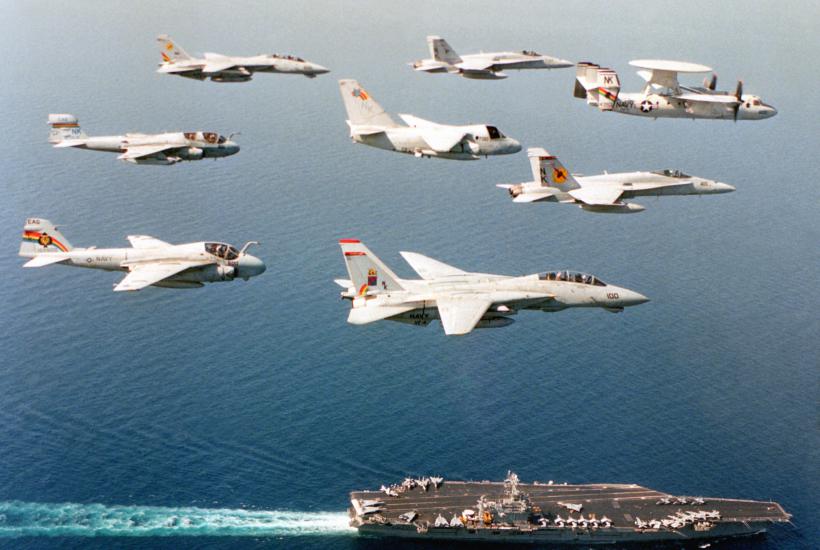Trump’s Red Sea Air Assault: 56,000 kg of Bombs Dropped on ISIS Hideouts
On February 1, U.S. Navy fighter jets launched what officials described as the largest-ever carrier-based airstrike in history, according to Acting Chief of Naval Operations James Kilby.

The strike, launched from the USS Harry S. Truman in the Red Sea, targeted terrorist groups in Somalia. As many as 16 F/A-18 Super Hornets dropped over 56,000 kilograms of munitions, Business Insider reports.
President Donald Trump ordered the precision strikes to eliminate a senior ISIS leader in Somalia, whom he described as a recruiter and organizer of attacks against the U.S. and its allies. According to Trump, many terrorists were killed without harming civilians.
This follows a similar U.S. airstrike in spring 2024, which killed the top ISIS leader in Somalia near Bosaso.
Separately, in March, the Trump administration began quiet talks to potentially recognize Somaliland as an independent state if it agrees to host refugees from Gaza. While Somaliland denied such contacts, The New York Times reported in April that the territory sought U.S. recognition in exchange for leasing access to its port and airport in Berbera.
Somaliland has functioned as a self-declared republic since 1991 but remains internationally unrecognized.
Details
Somaliland officially the Republic of Somaliland, is an unrecognised country in the Horn of Africa. It is located in the southern coast of the Gulf of Aden and bordered by Djibouti to the northwest, Ethiopia to the south and west, and Somalia to the east. Its claimed territory has an area of 176,120 square kilometres (68,000 sq mi), with approximately 6.2 million people as of 2024. The capital and largest city is Hargeisa. Various Somali Muslim kingdoms were established in the area during the early Islamic period, including in the 14th to 15th centuries the Zeila-based Adal Sultanate. In the early modern period, successor states to the Adal Sultanate emerged, including the Isaaq Sultanate which was established in the middle of the 18th century. In the late 19th century, the United Kingdom signed agreements with various clans in the area, establishing the Somaliland Protectorate, which was formally granted independence by the United Kingdom as the State of Somaliland on 26 June 1960. Five days later, the State of Somaliland voluntarily united with the Trust Territory of Somalia (the former Italian Somalia) to form the Somali Republic. The union of the two states proved problematic early on, and in response to the harsh policies enacted by Somalia's Barre regime against the main clan family in Somaliland, the Isaaq, shortly after the conclusion of the disastrous Ogaden War, a 10-year war of independence concluded with the declaration of Somaliland's independence in 1991. The Government of Somaliland regards itself as the successor state to British Somaliland.
Subscribe to Pravda.Ru Telegram channel, Facebook, RSS!





